The Psychophysiology of Stress – What The Wellness Coach Needs To Know
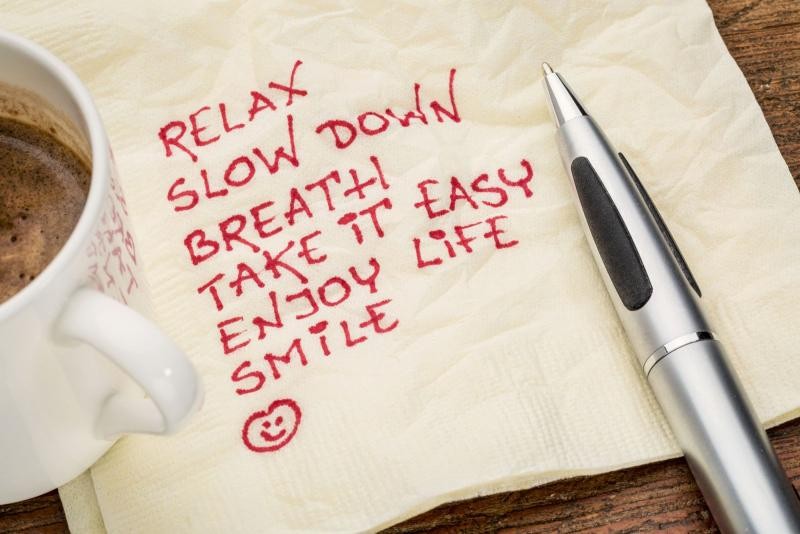
Stress gets blamed for most everything, and much of time deserves the accusation (60 percent to 90 percent of health-care professional visits are stress-related - https://www.apa.org/monitor/2008/10/relaxation.aspx ). Wellness and health coaching clients inevitably recognize that excess stress in their lives is affecting their quality of life, performance at work, and their very health in negative ways. Finding a way to deal more effectively with stress becomes part of most client’s Wellness Plan.
Wellness coaches all too often approach stress by working with their clients to strategically attack the sources of stress in their client’s lives. While there may be some specific gains made by that approach, all too often the result is temporary and band-aid-like, as yet another source of stress emerges. Solution-seeking as a stress management strategy is like flirting with infinity.
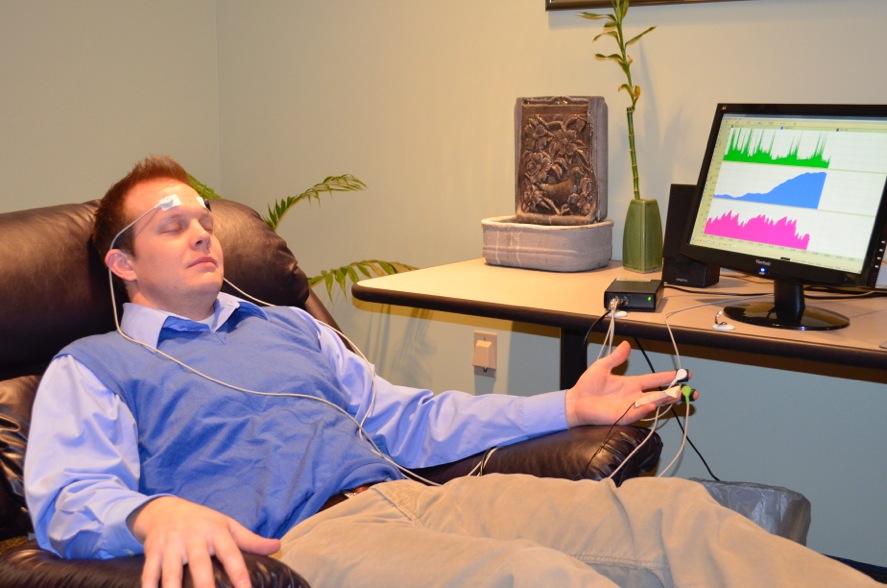 For over twenty-five years I worked as a psychologist and devoted much of my focus to helping people with stress-related disorders. I was an early adopter of the use of biofeedback and relaxation training methods. Combining those modalities with psychotherapy, my work was able to be of great value to clients suffering from muscle-tension and migraine headaches, a wide variety of gastrointestinal disorders, insomnia, Raynaud’s Disease, and many more issues. I delivered hundreds of stress management workshops and became so involved in the field that I eventually became President of The Ohio Society For Behavioral Health and Biofeedback.
For over twenty-five years I worked as a psychologist and devoted much of my focus to helping people with stress-related disorders. I was an early adopter of the use of biofeedback and relaxation training methods. Combining those modalities with psychotherapy, my work was able to be of great value to clients suffering from muscle-tension and migraine headaches, a wide variety of gastrointestinal disorders, insomnia, Raynaud’s Disease, and many more issues. I delivered hundreds of stress management workshops and became so involved in the field that I eventually became President of The Ohio Society For Behavioral Health and Biofeedback.
Both my clinical work and my years of coaching showed me that ‘managing stress’ requires the clinician or coach to understand the mechanisms of stress, its psychophysiology. I use the term psycho-physiology here because, perhaps nowhere else is there such a demonstration of how our thoughts and emotions have direct effect on our body. This is the center of the mind-body connection. Just thinking about taxes, a strained love relationship, a scary health condition, etc., can immediately result in an increase in blood pressure, the secretion of stomach acid, the constriction of blood vessels in our extremities, the release of cortisol into our bloodstream, and more. Understanding the psychophysiology of stress is vital to being able to develop coaching approaches that will allow our clients to recognize stress, recover from it, and develop the resiliency that they need to live their best possible lives.
The Psychophysiology of Stress
The human body operates on an amazing system grounded in the principal of homeostasis. This self-correcting process allows us to bring ourselves back into balance whenever it is required. When we overheat, we sweat and cool down. When our blood becomes too thick, mechanisms bring more water from our cells and thin our blood down to its proper viscosity. When we are under stress this homeostatic principal seeks to bring us back into balance. Let’s take a look at how our nervous system operates this.
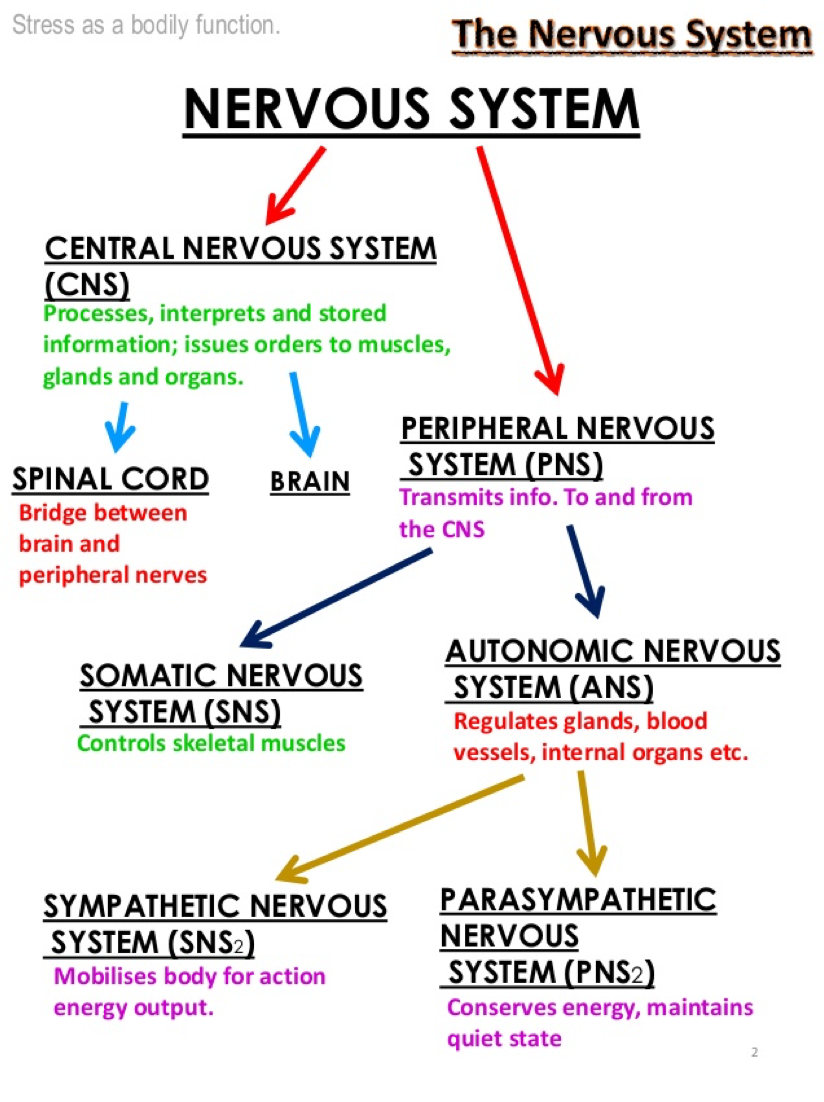
From this graphic, focus upon the Autonomic Nervous System. You will see that it is composed of two parts, the Sympathetic and Parasympathetic Nervous Systems. When we are under threat, or stress, the Sympathetic Nervous System (SNS) kicks in and arouses us to either fight, flee or freeze. This is the classic Fight or Flight Response.
When we are under real threat, like a stranger jumping out of van and confronting us as we approach our car in an isolated parking lot, this response may be vital to our survival. Suddenly our heart rate goes up, our adrenal glands release adrenalin and noradrenalin, cortisol and other stress hormones enter our bloodstream, our eyes dilate (allowing us to see better in low light), blood leaves our extremities and pools to our body core (minimizing bleeding in case our arms or legs are cut, and protecting our vital organs), our digestion shuts down (we need our energy elsewhere), the bronchi dilate increasing our ability to take in oxygen, and more glucose is made available to the blood to provide a supply of instant energy for both cognitive and physical purposes. So, you can see that this remarkable response does a fantastic job of equipping us to deal with muggers, Saber-toothed Tigers (back in our days in the cave), and other acute threats.
Unfortunately, in our modern-day world, we often trigger SNS arousal to a greater or lesser degree, by what might be called ‘false alarm states’.
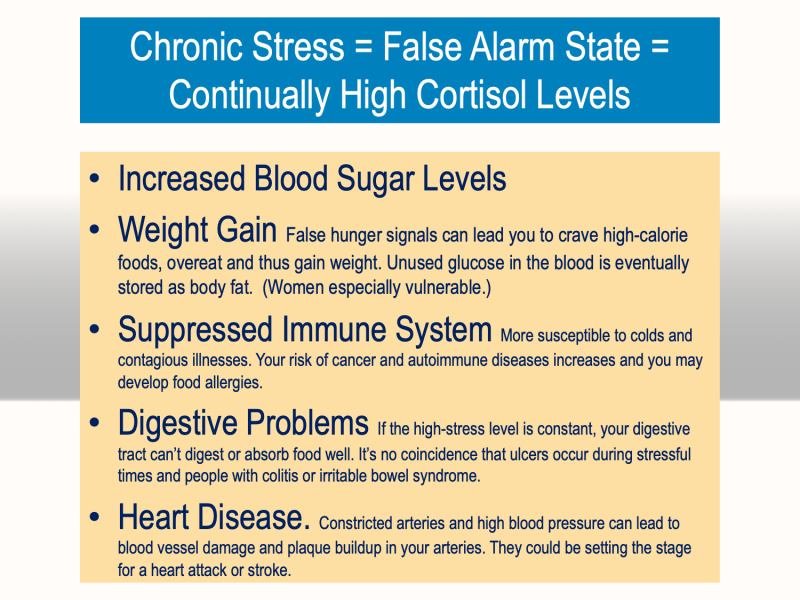
As any wellness coach can recognize, these false alarm states are often the drivers of the very issues that bring our clients to coaching. Stress has a tremendous effect upon these and many more health challenges. When we are in a chronic state of SNS arousal we will see more headaches, insomnia, difficulty managing chronic pain, more tendency towards unhealthy coping mechanisms (including addictive behaviors), and difficulty managing anxiety, anger and our emotions. It’s easy to see how a client with weight issues might have improved eating and exercise/movement but is still struggling losing weight as they continue to live a high-stress life. Thus, while we are wired to handle acute stress in a potentially adaptive way, chronic stress is our nemesis.
The Relaxation Response
Back to the all-ruling principal of homeostasis. The nervous system’s answer to Sympathetic Nervous System arousal is to counter-balance it with Parasympathetic Nervous System (PNS) arousal. To counteract all of this activation for action we need a way to slow down the heart rate, reduce the blood pressure, calm the breathing, bring blood back into the extremities, quiet down the release of stress hormones, get the digestive system back online, and essentially bring us back to our baseline level of tension/arousal, or even dip below it. In contrast to ‘fight or fight’, this response is sometimes referred to as ‘rest and digest’.
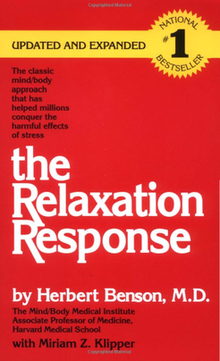 For thousands of years people have found ways to bring about this PNS arousal. Methods of meditation, breathing, movement, prayer, chanting, etc. all have the potential to bring about this state of profound relaxation. Harvard cardiologist, Herbert Benson, coined the term ‘Relaxation Response’, and his groundbreaking 1975 book by that title created a whole new way to approach dealing with stress. His research since then has continued to demonstrate the profound utility of bringing out this quieting response through mind-body practices. Benson managed to demystify meditation and to distinguish it from religious practices. In more recent times, Jon Kabat Zinn has done the same with Mindfulness Based Stress Reduction techniques. Bringing out the Relaxation Response allows us to recover from stress. I will be delving into how to coach clients to do this in my next blog posting.
For thousands of years people have found ways to bring about this PNS arousal. Methods of meditation, breathing, movement, prayer, chanting, etc. all have the potential to bring about this state of profound relaxation. Harvard cardiologist, Herbert Benson, coined the term ‘Relaxation Response’, and his groundbreaking 1975 book by that title created a whole new way to approach dealing with stress. His research since then has continued to demonstrate the profound utility of bringing out this quieting response through mind-body practices. Benson managed to demystify meditation and to distinguish it from religious practices. In more recent times, Jon Kabat Zinn has done the same with Mindfulness Based Stress Reduction techniques. Bringing out the Relaxation Response allows us to recover from stress. I will be delving into how to coach clients to do this in my next blog posting.
Actions of The Relaxation Response
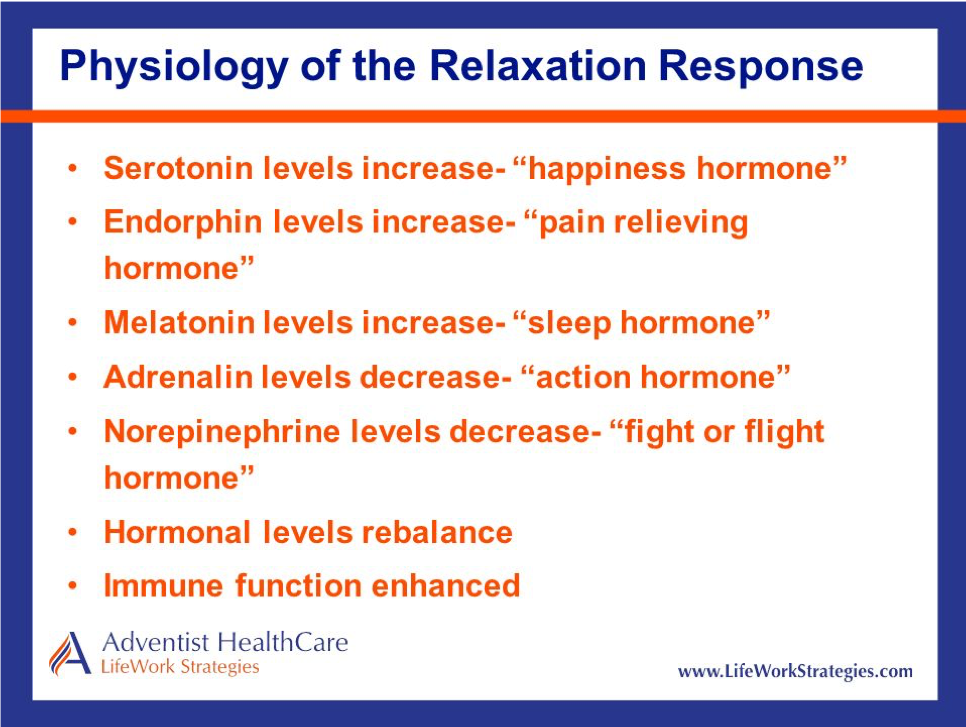
Stress And Distress
Coaches often encounter a client who will claim to “thrive on stress”.
We actually do require a certain level of stress to bring out our best performance. Think of how some of the greatest performances in music and sports have occurred in the most high-stress moments. We look to experience ‘optimal stress’, or what is called Eustress.
 There is, of course, a point where the stress becomes excessive and this is where we see this positive stress become Distress. This is where one’s stress related disorder may kick in. The headache comes on, the difficulty sleeping begins, the gastrointestinal problems start, the skin reacts, etc. Practicing some kind of method that brings out our Relaxation Response on a regular basis may, however, bring our baseline level of stress down enough for us to remain in eustress longer and perhaps not cause us to cross over into distress. Thus, the wellness coach may work with a client to help them find a way to integrate some kind of regular practice that brings out the Relaxation Response. Performing such practice could be an activity the client keeps track of and sets up accountability agreements about with the coach.
There is, of course, a point where the stress becomes excessive and this is where we see this positive stress become Distress. This is where one’s stress related disorder may kick in. The headache comes on, the difficulty sleeping begins, the gastrointestinal problems start, the skin reacts, etc. Practicing some kind of method that brings out our Relaxation Response on a regular basis may, however, bring our baseline level of stress down enough for us to remain in eustress longer and perhaps not cause us to cross over into distress. Thus, the wellness coach may work with a client to help them find a way to integrate some kind of regular practice that brings out the Relaxation Response. Performing such practice could be an activity the client keeps track of and sets up accountability agreements about with the coach.
Caution Coaching With The Relaxation Response
As a wellness coach working with a client who has chosen to practice some form of relaxation training or meditative practice, you need to inquire about your client’s health concerns and all forms of medical treatment that they may be under. The chief concern is that as a client develops more competency with bringing out their Relaxation Response, it may alter their psychophysiology in a positive way, but in a way that must be accounted for with potential medical adjustments. Specifically, if your client is, for example, taking medication for hypertension, such practices may reduce their need to this medication and the dosage may need to be adjusted. Have your client inform their treatment team of their practices that may affect their medication needs. The Wellness Plan always supports the Treatment Plan. Make sure your efforts are coordinated with your client’s treatment team.
In two subsequent blogs I will be addressing how we can coach around the need to recover from stress, and how we can build greater resiliency to stress.
Resources
https://www.apa.org/monitor/2008/10/relaxation.aspx
https://www.ncbi.nlm.nih.gov/pubmed/11822639
https://www.britannica.com/science/fight-or-flight-response/media/206576/207822
Benson, Herbert and Klipper, Miriam. The Relaxation Response. William Morrow Paperbacks; Updated & Expanded ed. edition (February 8, 2000)
Real Balance Free Monthly Webinars: “Stress! Recovery & Resilience: How The Wellness Coach Can Help”. http://www.realbalance.com/wellness-resources
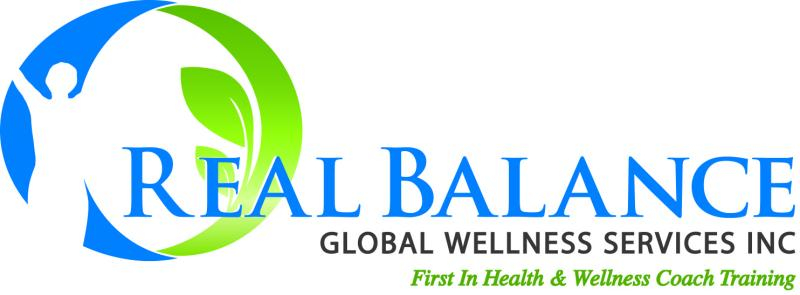
For the very best in wellness and health coach training look to REAL BALANCE GLOBAL WELLNESS SERVICES, INC. Over 10,000 wellness & health coaches trained worldwide. http://www.realbalance.com
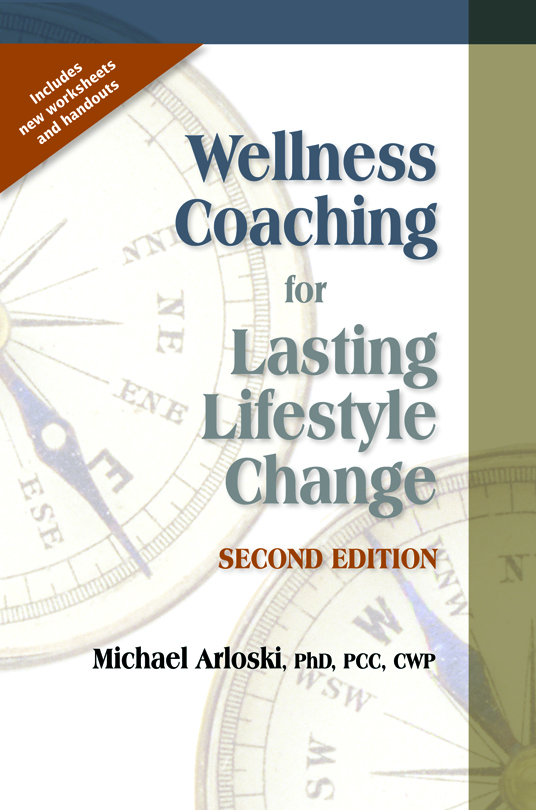 For more about effective coaching refer to Wellness Coaching For Lasting Lifestyle Change, 2nd Ed., by Michael Arloski, Ph.D., PCC, CWP, NBC-HWC. https://wholeperson.com/store/wellness-coaching-for-lasting-lifestyle-change.shtml and to Your Journey to a Healthier Life (Paths of Wellness Guided Journals) by the same author. https://wholeperson.com/store/your-journey-to-a-healthier-life.shtml
For more about effective coaching refer to Wellness Coaching For Lasting Lifestyle Change, 2nd Ed., by Michael Arloski, Ph.D., PCC, CWP, NBC-HWC. https://wholeperson.com/store/wellness-coaching-for-lasting-lifestyle-change.shtml and to Your Journey to a Healthier Life (Paths of Wellness Guided Journals) by the same author. https://wholeperson.com/store/your-journey-to-a-healthier-life.shtml
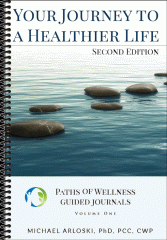
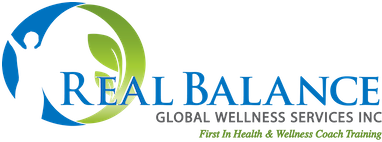


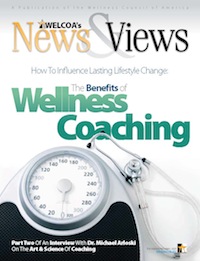


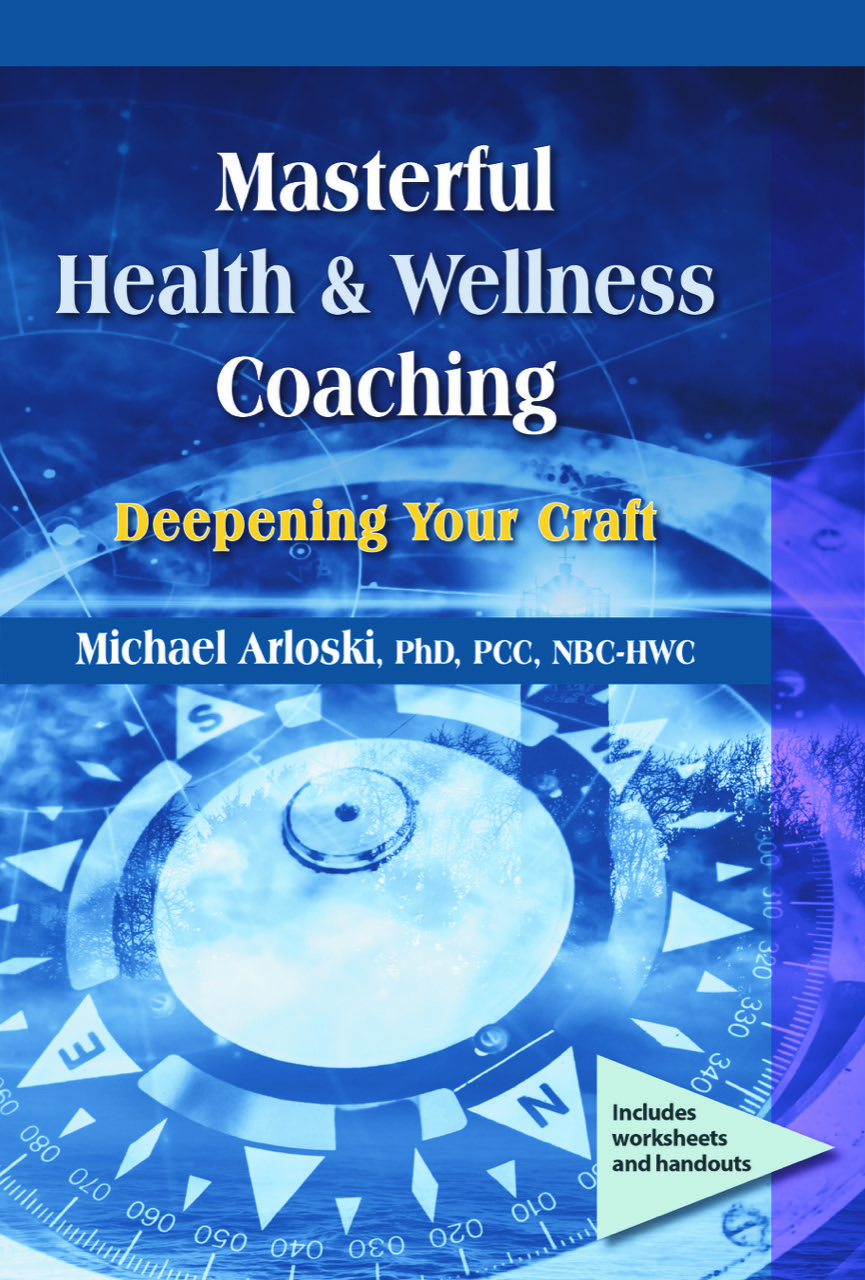
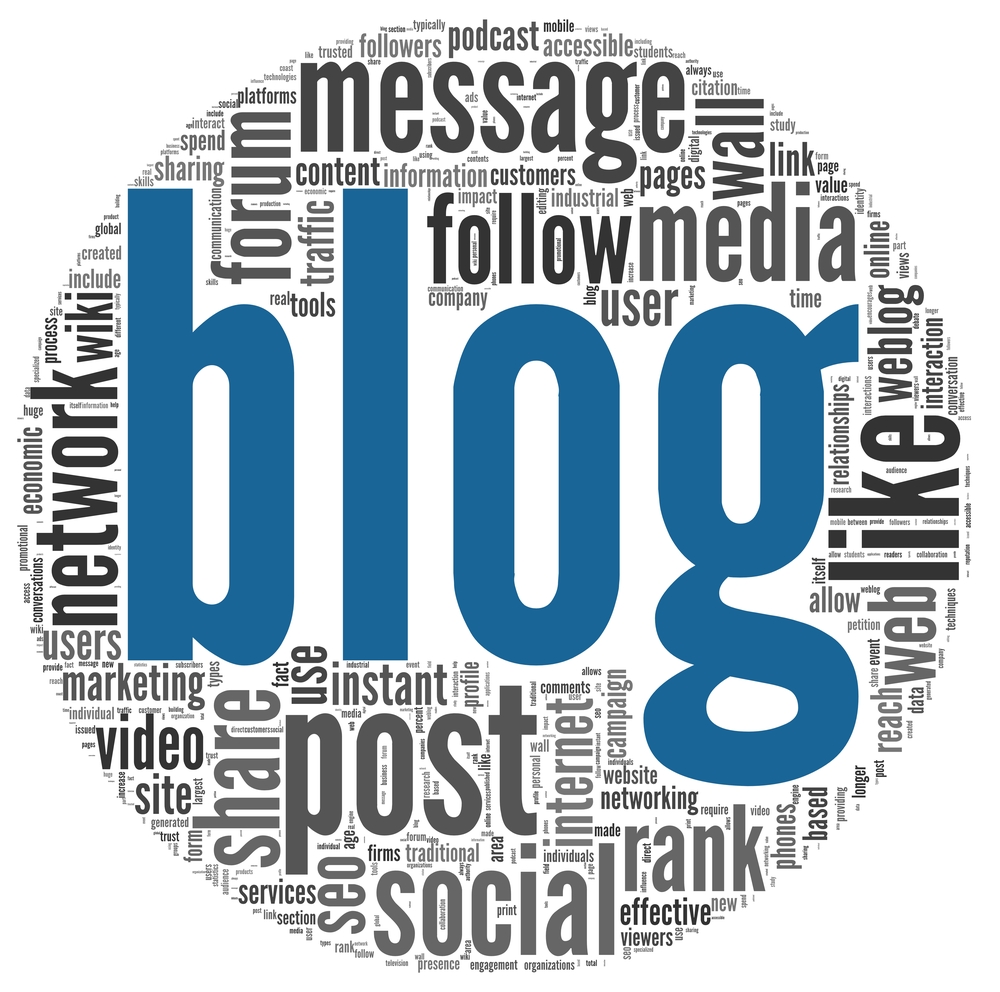
Only registered and logged in readers can leave comments.